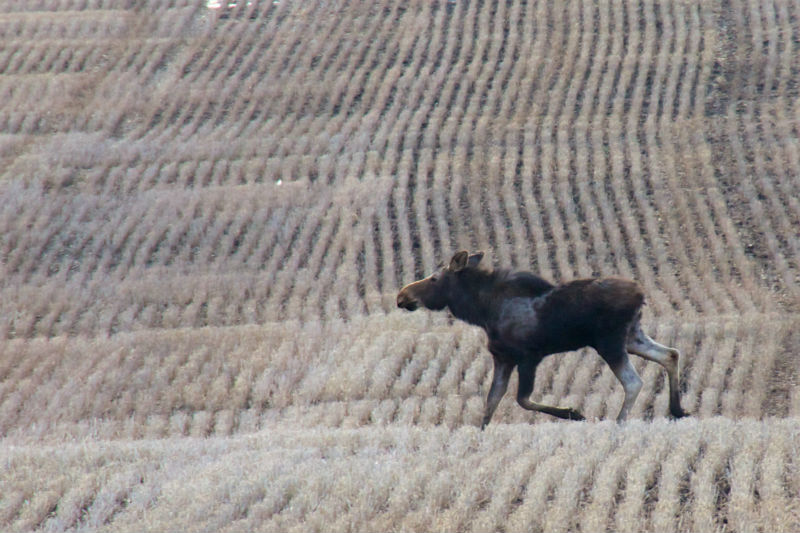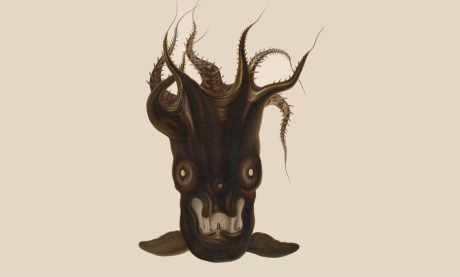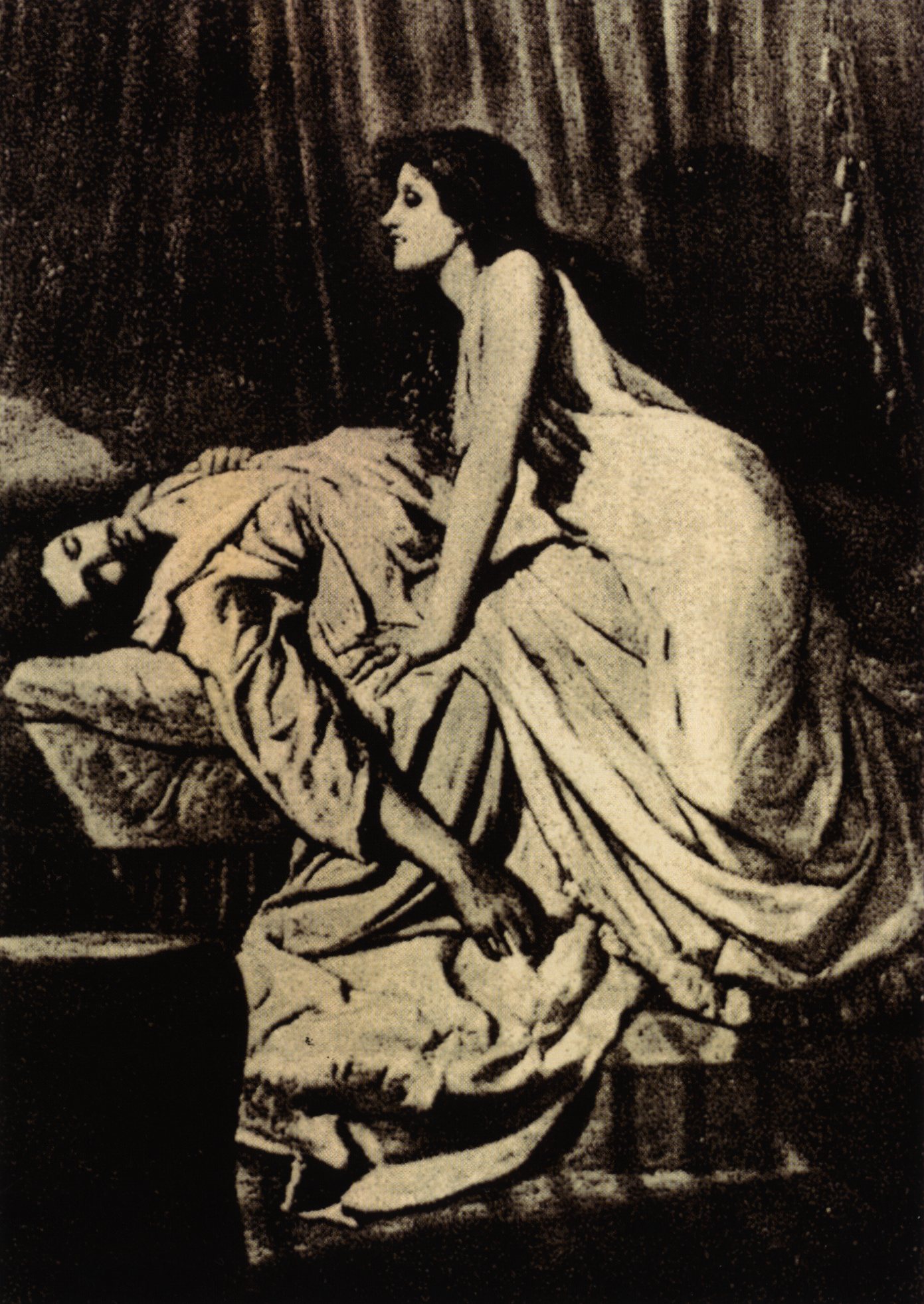
Moose, magnificent beasts that they are, spend their lives in the north of America and Europe. You'll know if you see one, with its remarkable brown coat of two layers - the better to provide insulation as the cold comes in.
They're hunted - and the numbers killed is a source of conflict between conservationists and people who kill animals:
But it isn't the ghosts of hunted moose that lay behind the sighting of white moose - or moose with patches of white amongst their fur. These creatures, known as ghost moose, are victims of a smaller foe than a man with a gun. They've rubbed themselves raw because of winter ticks.
The four-legged cousins of the moose, the deer, know how to cope with winter ticks. Deer will spend a portion of autumn rubbing themselves on sticks and brush to scrape off the larvae of the winter tick before they become a problem.
Moose, though, haven't learned to do this. Because they've relied on the cold to kill off the ticks before they become a problem. As the climate changes, though, the cold isn't wiping out the eggs and larvae as the year turns; hence the moose, having failed to remove them, are being bitten raw by the little parasite. Richard Conniff, writing at TakePart, explains the size of the problem:
Even more ticks pile onto the moose the following winter. In their efforts to dislodge these pests, the moose rub so aggressively at their dark-brown outer guard hairs that they break them off close to the root, leaving only the whitish stubs behind. Moose with especially bad infestations—as many as 50,000 ticks—may remove 80 percent or more of their outer hair layer, giving them their ghostlike appearance. The moose often can’t survive the cold without their winter coat, or they die from anemia caused by the loss of so much blood. (Female ticks swell to the size of small grapes when fully engorged.) Thanks in part to winter ticks, moose populations in many states are now declining.
And the decline can be quite harrowing - a six year study discovered that possibly as many as one in four young moose are dying as a result of the ticks:
In this case, it's the ghosts who are the survivors.
Hallowain't is OpenLearn's annual celebration of things that don't go bump in the night. In the run up to Halloween each year, we're the people going "there's a rational explanation."
Hallowain't was originally part of OpenLearnLive.





Rate and Review
Rate this course
Review this course
Log into OpenLearn to leave reviews and join in the conversation.
Course reviews